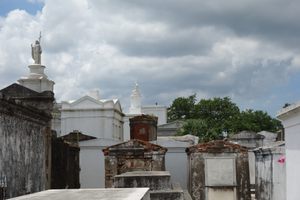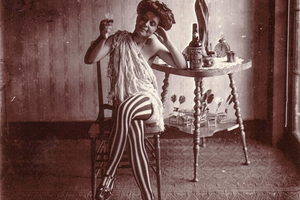About
New Orleans has always done things a little differently. As if to prove that point, their "red light district" sprang up in an attempt to better organize and regulate the city's illicit activity. The result was an area called Storyville.
In 1897, contrary to popular opinion, sex work was not legalized, but as a result of Alderman Sidney Story's Ordinance No. 13,032, it was outlawed in all other areas of the city. This was based on similar red light districts in German and Dutch ports. Known at the time simply as "The District," establishments in Storyville published blue books, which provided a full description of services and were offered to visitors.
Many musicoligists believe that Storyville was integral to the origin of jazz music—despite the fact that Black men were banned from Storyville's brothels. The theory stands to reason, since all of the best houses hired pianists and even small bands to keep the atmosphere lively and entertain their patrons while they weren't otherwise occupied.
All that came to an end in 1917, when a wartime federal order meant to eradicate sex work near naval bases forced the city of New Orleans to shut the district down. Ironically, large portions of the city government were against its closure.
The District was originally bounded by Iberville, Basin, St. Louis, and North Robertson streets. Today, almost all the houses have been demolished. The city wanted to give the area a fresh start and created the Iberville Housing Projects where most of the brothels once stood. But the constant meddling has yet to pay off, as the area remains one of the poorest in the city.
Related Tags
Published
February 7, 2013



























